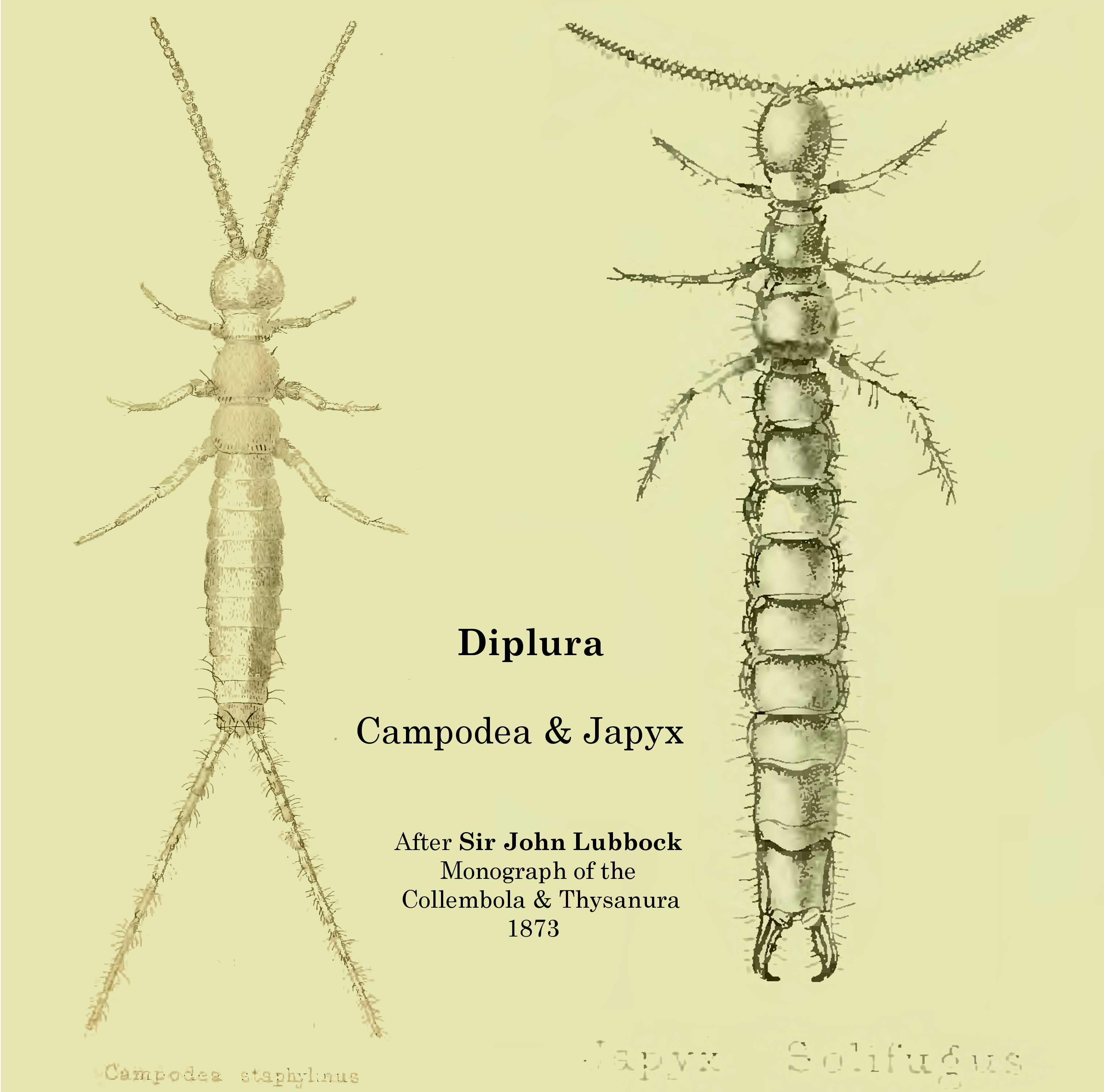|
Mixojapyx Reddelli
''Mixojapyx'' is a genus of diplurans in the family Japygidae.Sandra, Alberto, edJapygidae Species Listing Biology Catalog. Texas A&M University, 2006. Retrieved on July 28, 2010. Species * ''Mixojapyx barberi'' Ewing & Fox, 1942 * ''Mixojapyx conspicuus'' Silvestri, 1933 * ''Mixojapyx cooki'' Ewing & Fox, 1942 * ''Mixojapyx dampfi'' Silvestri, 1948 * ''Mixojapyx dechambrieri'' Pagés, 1977 * ''Mixojapyx impar'' Silvestri, 1948 * ''Mixojapyx notabilis'' Silvestri, 1948 * ''Mixojapyx reddelli'' Muegge, 1992 * ''Mixojapyx riggii'' Silvestri, 1948 * ''Mixojapyx saussurei'' (Humbert, 1868) * ''Mixojapyx tridenticulatus'' (Fox, 1941) References Diplura {{Diplura-stub ... [...More Info...] [...Related Items...] OR: [Wikipedia] [Google] [Baidu] |
Diplura
The order Diplura ("two-pronged bristletails") is one of three orders of non-insect hexapods within the class Entognatha (alongside Collembola (springtails) and Protura). The name "diplura", or "two tails", refers to the characteristic pair of caudal appendages or filaments at the terminal end of the body. Around 800 species of diplurans have been described. Anatomy Diplurans are typically long, with most falling between . However, some species of '' Japyx'' may reach . They have no eyes and, apart from the darkened cerci in some species, they are unpigmented. Diplurans have long antennae with 10 or more bead-like segments projecting forward from the head. The abdomens of diplurans bear eversible vesicles, which seem to absorb moisture from the environment and help with the animal's water balance. The body segments themselves may display several types of setae, or scales and setae. Diplurans possess a characteristic pair of cerci projecting backwards from the last of ... [...More Info...] [...Related Items...] OR: [Wikipedia] [Google] [Baidu] |
